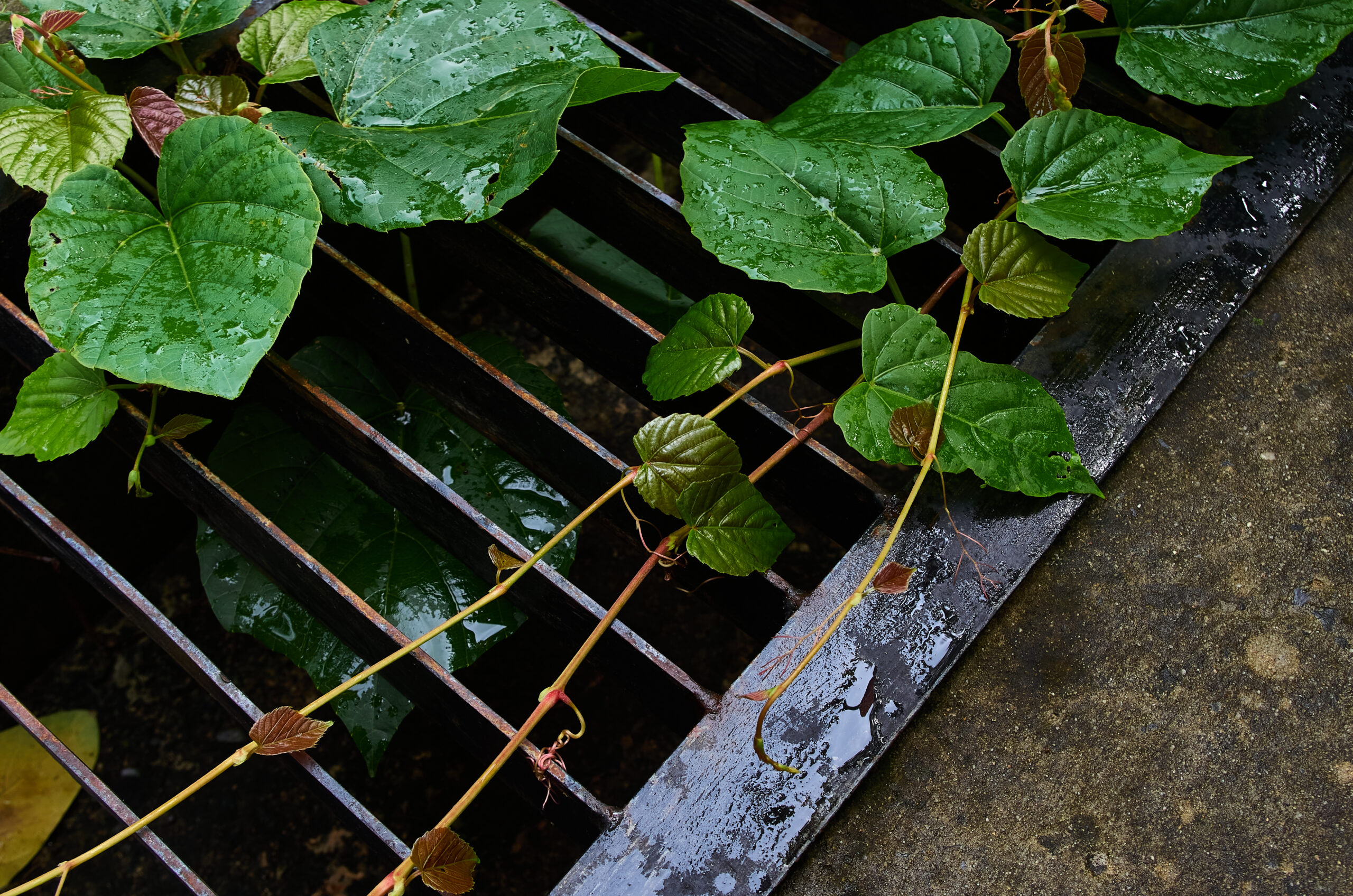As property owners grow more environmentally conscious, sustainable landscaping practices, such as incorporating rain gardens into their property designs, are becoming increasingly popular. Rain gardens offer a viable and aesthetically pleasing solution for managing stormwater runoff while also benefiting local ecosystems. By adopting eco-friendly efforts like rain gardens, property owners improve stormwater management, reducing the risk of flooding, and promoting a greener environment.
Drainage Team specializes in drainage, erosion, stormwater basins, and waterproofing solutions for residential, commercial, and governmental properties. By integrating these services, we aim to help property owners address stormwater management challenges in a sustainable manner. With rain gardens at the forefront of green landscaping practices, we believe they offer an innovative way to combine stormwater management principles with property enhancement and environmental conservation.
In this blog post, we will discuss the concept of rain gardens, their contribution to effective stormwater management, and the steps to design and install one on your property. By understanding the benefits rain gardens provide, property owners can make informed decisions on whether this eco-friendly solution is a good fit for their landscaping and stormwater management needs.
Benefits of Rain Gardens for Stormwater Management
Rain gardens offer several advantages when it comes to managing stormwater runoff, making them an attractive choice for property owners seeking eco-friendly solutions. Some key benefits include:
– Reduced runoff volume: Rain gardens capture and absorb stormwater runoff, allowing water to slowly infiltrate the ground and replenishing underground aquifers. This process reduces the overall volume of runoff, preventing erosion, flooding, and pollution.
– Improved water quality: The plants and soil in a rain garden help to naturally filter out pollutants such as sediment, nutrients, and contaminants, enabling cleaner water to percolate into the ground.
– Enhanced property aesthetics: Rain gardens can serve as an attractive landscaping feature, often populated by native plants and trees that provide seasonal beauty and create a more inviting outdoor space.
– Local wildlife habitat: Native plants in rain gardens attract butterflies, bees, and birds, providing a natural habitat and food resources while promoting local biodiversity.
Designing Rain Gardens for Optimal Stormwater Management
To design a rain garden suitable for your property, several key elements must be considered, including location, size, shape, soil type, and plant selection.
– Location: Rain gardens should be positioned at least 10 feet away from building foundations and in areas where water naturally flows or tends to accumulate. Avoid placing rain gardens over utility lines or septic systems.
– Size and shape: The size and shape of your rain garden depend on the size of your property, the impervious area from which it will collect runoff, and the soil permeability. A general rule of thumb is to size your rain garden at 10-20% of the impervious surface area draining into it.
– Soil type: Testing the infiltration rate of your soil is crucial in determining the success of your rain garden. Well-draining soil with a mixture of sand, topsoil, and compost is ideal for promoting proper infiltration and supporting a diverse array of plant life.
– Plant selection: Native plants adapted to the local climate and soil conditions are the best choices for rain gardens. Select a mix of deep-rooted perennials, grasses, and shrubs for maximum stormwater infiltration, pollutant removal, and wildlife benefits.
Installing Rain Gardens on Your Property
To install a rain garden, follow these essential steps:
- Assess your property: Determine where water tends to flow or accumulate and choose an appropriate location for the rain garden, ensuring it’s far enough from building foundations and utility lines.
- Conduct a soil test: Perform a soil infiltration test to gauge how quickly water will infiltrate your soil, allowing you to optimize your garden’s design and plant selection.
- Plan the garden: Develop a plan outlining the location, size, shape, and depth of your rain garden, taking into account the impervious surface area it will serve and soil permeability.
- Select plants: Choose native plants well-adapted to local climate and soil conditions, focusing on low-maintenance perennials, grasses, and shrubs.
- Excavate and amend soil: Dig out the garden area to the desired depth, typically 4-8 inches below the surrounding ground level. Amend excavated soil with compost and sand, if necessary, to enhance infiltration and support plant growth.
- Plant the garden: Arrange plants according to their sun, moisture, and space requirements, placing taller plants at the center or downstream edge and shorter plants near the garden’s edges.
- Mulch and water: Apply a layer of organic mulch around the plants to help retain moisture and limit weed growth. Water the garden thoroughly after planting to establish the new plants, and provide supplemental water as needed during the first growing season.
Maintaining a Healthy Rain Garden
Though rain gardens are generally low-maintenance, it’s crucial to keep them healthy and functional through proper care. Essential maintenance tasks include:
– Regular inspections: Monitor the performance of your rain garden, particularly after heavy rainfall events, to ensure proper infiltration and address any drainage problems promptly.
– Weeding and pruning: Remove weeds and invasive species regularly to maintain the health and appearance of your garden. Prune plants as needed to encourage new growth.
– Mulching and watering: Refresh the mulch bed periodically to retain moisture and limit weed growth. Provide supplemental water during periods of drought, especially in the garden’s first growing season.
– Seasonal cleanup: In the fall, remove dead plant material and trim back perennials to promote new growth in the spring.
Conclusion
Rain gardens offer a sustainable and visually appealing solution for managing stormwater runoff, benefiting both your property and the local environment. As property owners seek eco-friendly landscaping practices, rain gardens serve as an innovative way to address stormwater management challenges while enhancing property value and environmental sustainability.
If you’re considering installing a rain garden on your property, Drainage Team can help. With our expertise in drainage, erosion, stormwater basins, and sustainable stormwater management practices, we can provide tailored solutions to meet your property’s unique needs. Contact us today to learn more about incorporating a rain garden into your stormwater management plan and discover the lasting benefits this eco-friendly solution can offer.






